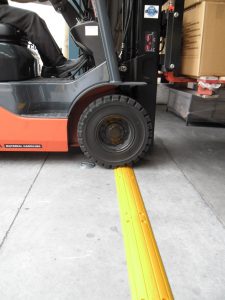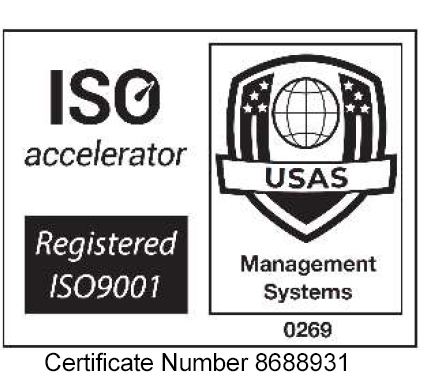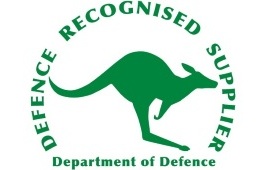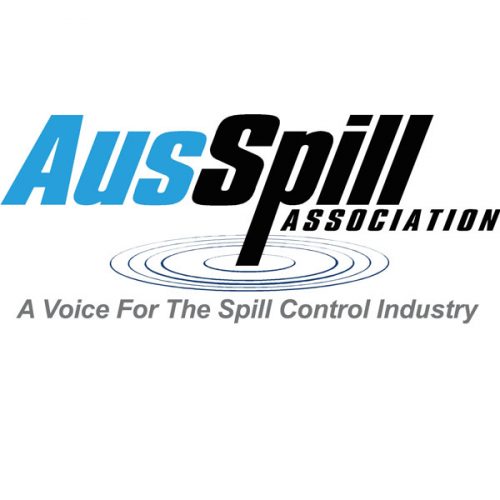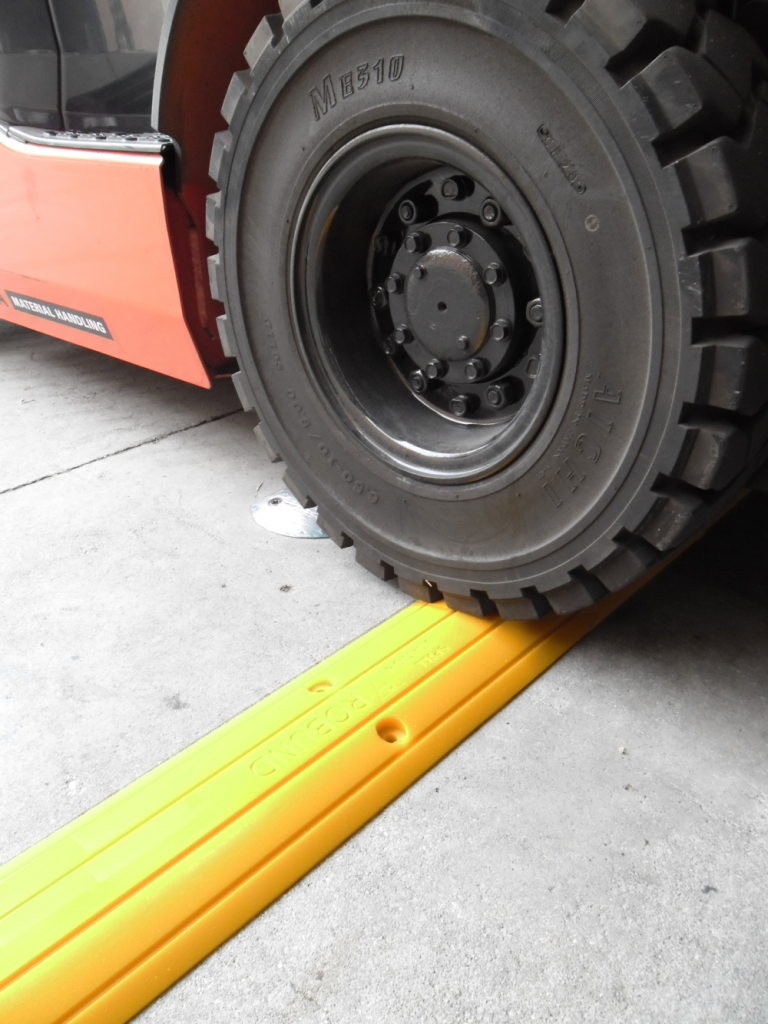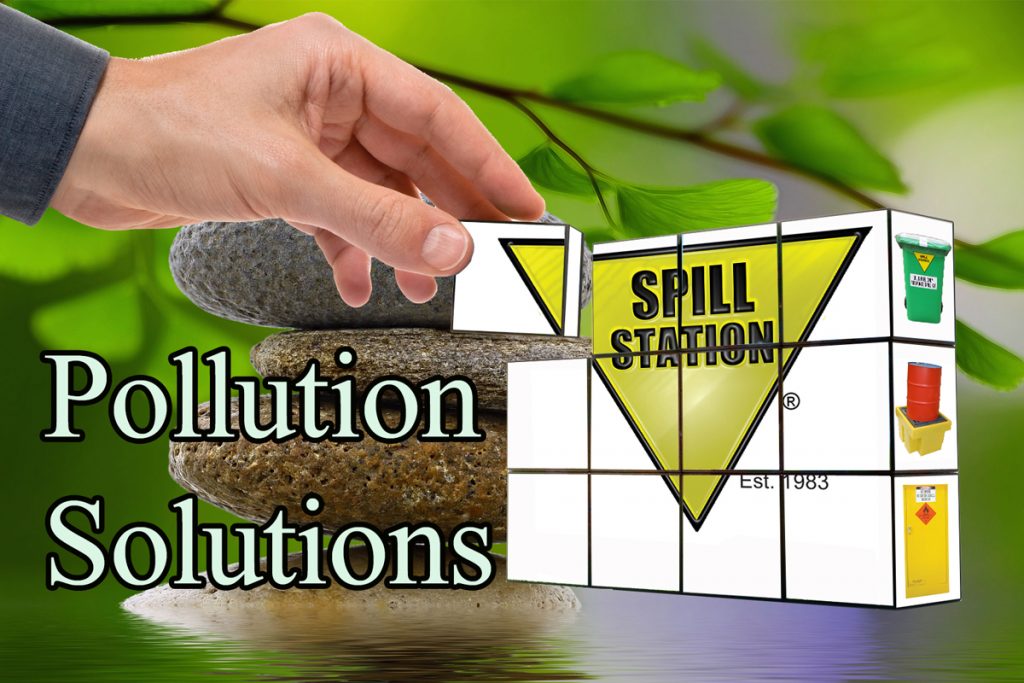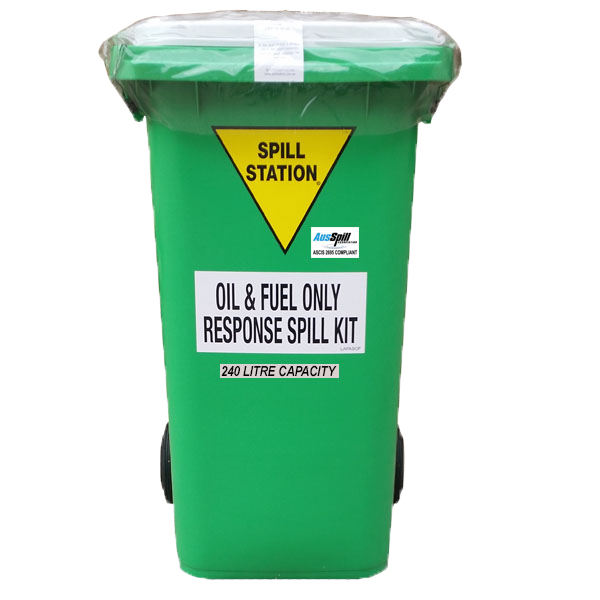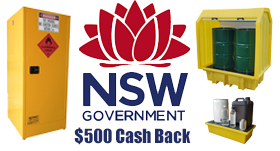Get Robust Safety for Your Chemical Storage
Any company that stores or handles hazardous materials and liquids in Australia are required to keep their workers and the environment safe from any damage that could occur due to these materials.
Chemical spill kits, sometimes known as Hazchem spill kits, give you all the tools you need to keep your workplace safe and compliant against spills in the workplace. But they aren’t a straightforward safety aspect to wrap your head around, so here’s how to get it right.
What You Need To Know Before Buying
1. What Fluids Are on Site?
The best spill kit for your unique needs is dependent on a few different factors, as outlined below.
- What liquids does your company work with?
- How large have previous spills been?
- Where are these liquids stored?
These answers are necessary so you can understand which type of spill kit you need and its size as well as the location of the kit.
2. Understand Your Legal Obligations
It’s part of Australian law under the Australian Standards for workplace safety that you need to keep your workplace safe against spills. These standards point out the following:
- You must correctly mark all hazardous chemicals.
- You must keep records of all the hazardous chemicals on the premises.
- Provide safety related training and education to relevant employees.
- Contain the risk of spills of chemicals.
- Have a robust spill prevention plan, including appropriate solutions and personal protective equipment.
If you’re unable to remain compliant, you can face fines, penalties and loss of brand reputation.
3. Consider Classifications
Before you consider a spill kit, you need to know the classifications of the chemicals to know which absorbent you need in your spill kit. Usually hazardous chemicals can be grouped into two classifications, which are:
- Nonaggressive chemicals such as coolants and agricultural chemicals.
- Aggressive chemicals such as strong acids/alkalis and chlorine, nitric acids and more.
This is important as using the wrong absorbent in the case of a hazardous spill can lead to larger issues such as dangerous fumes and fire.
4. Know The Quantities
You’ve got to make sure your spill kit is the right size to handle the biggest possible spill at your company. You can match this up by documenting the types of spills you could encounter and the largest quantities of liquids and try to keep it consistent with the spill kits you have.
You should also endeavour to ensure your spill kits are well maintained, so they’re always ready to go, and this will take a maintenance routine to be added to your safety management plan. Many spill kit suppliers in Australia can help you understand your inspection and maintenance requirements if you need further support.
5. Choose The Right Supplier
When it comes time to order your spill kits, you should choose a distributor right here in Australia that can help you navigate the confusing world of workplace safety and provide support as needed. This is where Spill Station comes in, with their selection of the best chemical spill kits in Australia.

